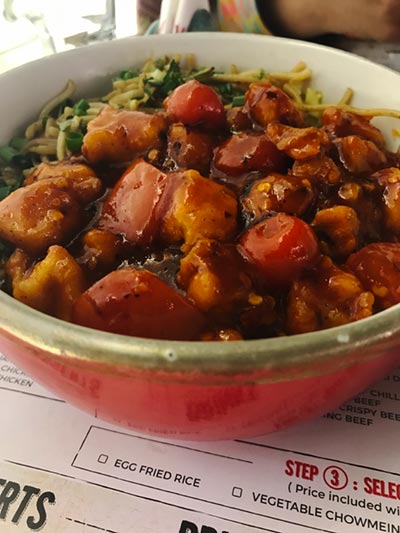

Colonial American society was also deeply patriarchal: the role of women was limited to that of wives, mothers, housekeepers and hosts. It was an idea that would come under scrutiny – and indeed challenge – during the American Revolution. Men of talent, ability and intelligence were born into the upper classes commoners knew their place. To many, this hierarchy was the natural order of things. These gentlemen of the planter-aristocracy were owed due respect, and this was marked by shows of deference from the lower classes, such as the doffing of caps. The South Carolina planter played by Mel Gibson in the film The Patriot was a fair representation of this: ownership of a large and successful estate elevated a man socially and, in most cases, earned him a seat in the colonial assembly. It was rural in structure and composition, so the wealthy farmer or plantation owner was a figure of significance, not only economically but also in the social and political hierarchy. “Figures on adult heights indicate an exceptionally high level of nutrition among the colonial population, especially regarding access to protein-rich red meat… Based on what is known of colonial diets, it would appear that they were fully adequate concerning calorie intake… and probably provided a balance of vitamins.”ĭespite its apparent ethnic diversity, society in the 13 colonies was shaped largely by British values and conceptions. They feared the native tribes, slave escapes and uprisings, the French and Spanish, people from other colonies, even the city dwellers in their own colony. Communities and individuals became insular, suspicious of outsiders and outside interference. For this reason, many Americans had not travelled more than a couple of dozen miles from their hometown. Travel between American towns and villages was notoriously difficult, due to treacherous roads, unpredictable weather and the threat of hostile natives. Because of their isolation, these local communities became self-reliant and largely self-sufficient. Most American colonists lived as farmers and planters, either in rural communities, small villages or in virtual solitude on the frontier. American cities were centres of trade and shipping, rather than industrial production. Boston, which later became the crucible of the revolution, had somewhere in the region of 12,000. America’s largest city, New York, had approximately 25,000 residents. Colonial America had few cities, and the places that considered themselves as such were very small by today’s standards. Its myriad of people and places made colonial America a fertile melting pot of backgrounds, ethnicities and beliefs.Īlthough almost three million Europeans and African-American slaves lived in the 13 colonies, most did so in small or isolated communities. They belonged to one of almost 500 tribal groups: Shawnee, Cherokee, Ottawa, Mohawk, Seneca and others.

On the fringes of white settlement and beyond the frontier lived tens of thousands of Native Americans. Kidnapped from the west coast of Africa and sold into unpaid servitude in America, African-Americans and their descendants existed as the chattels (property) of those who had purchased them. Living among the British colonists were approximately 500,000 black slaves. British colonists shared the American continent with the French to the west and north-west, and the Spanish to the south, always worriedly aware of their presence. Only about 58 per cent were of English heritage the rest were a conglomerate of Irish, Scottish, German, Dutch and other European nationalities. An artistic representation of colonial societyĪround 2.5 million people of European origin lived in the British colonies.


 0 kommentar(er)
0 kommentar(er)
